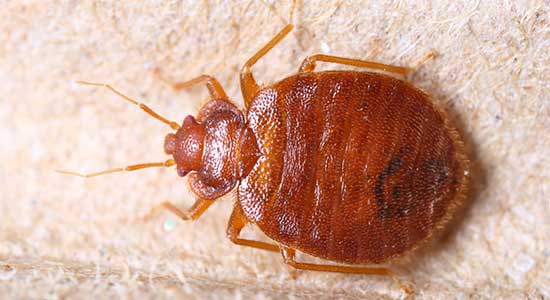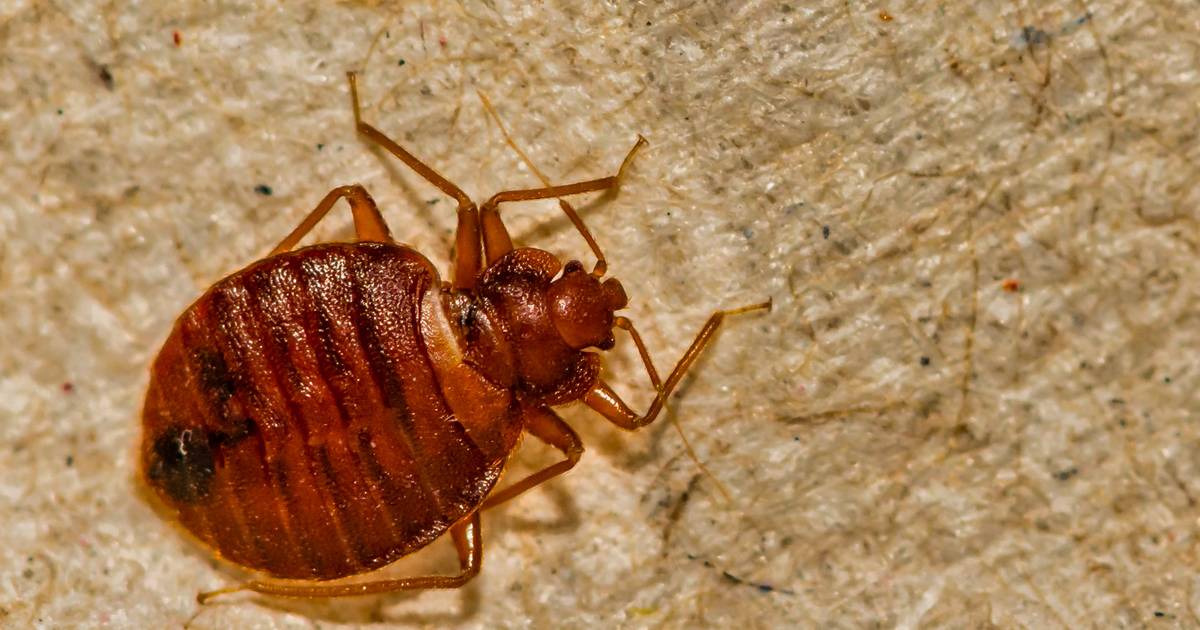Obtain Enlightened Regarding the Kinds Of Parasite Control Techniques and Their Advantages for Property Owners
Understanding the different parasite control methods offered to homeowners is vital for reliable pest management. House owners that are educated can make strategic choices that not only address bug concerns yet additionally enhance the overall quality of their living atmosphere.
Chemical Bug Control Approaches
Chemical parasite control approaches are a crucial element of incorporated bug monitoring approaches for homeowners seeking effective services to pest invasions. These techniques include the application of chemical compounds created to get rid of or prevent bugs that intimidate personal effects, health and wellness, and convenience. Usual chemicals utilized include insecticides, herbicides, rodenticides, and fungicides, each tailored to target details parasites.
The primary benefit of chemical parasite control is its quick performance; lots of formulas supply instant results, decreasing pest populations considerably in a short time. Additionally, developments in chemical formulas have led to items that are more eco friendly and have reduced poisoning levels for non-target organisms when used appropriately.

Biological Insect Control Strategies
Natural bug control techniques have obtained prominence as home owners seek safer and more sustainable options to traditional chemical approaches. Organic insect control methods use all-natural predators, parasites, or pathogens to take care of parasite populaces properly. This approach is not only ecologically friendly but additionally decreases the threat of damage to non-target species, including beneficial insects and wild animals.
One of the most common organic control techniques includes introducing all-natural predators into the setting. Ladybugs can be utilized to manage aphid populations, while nematodes target soil-dwelling parasites like grubs. In addition, parasitoids-- organisms that live on or within a host-- can be used to manage particular pest varieties by laying eggs inside them, eventually leading to their death.
One more method is making use of biopesticides, which are derived from all-natural materials such as plants, minerals, or microorganisms (bed bug exterminator). These items can successfully target insects while positioning marginal danger to family pets and people. On the whole, biological pest control strategies supply property owners with an efficient methods of pest monitoring that aligns with eco-friendly principles, advertising a healthier living atmosphere while reducing dependence on artificial chemicals
Mechanical Bug Control Techniques
Mechanical pest control methods encompass a range of approaches that physically protect against or get rid of parasites without the use of chemicals. These methods are specifically helpful for property owners seeking eco-friendly choices while ensuring the security of their living spaces.
One typical approach is using obstacles, such as internet, displays, and traps, which stop parasites from going into homes or certain locations. Installing window displays can effectively maintain pests out, while using physical barriers around yards can discourage bigger parasites like deer or rabbits. Additionally, mechanical catches developed for rodents can catch and remove these insects without the demand for harmful substances.
One more reliable approach includes making use of vacuum cleaners and mops to remove pests straight from surface areas. Regular cleansing and upkeep can substantially minimize insect populations by removing food sources and hiding places. Employing tools like ultrasonic bug repellents can deter numerous bugs through audio waves that are unpleasant to them yet inaudible to human beings.
Social Pest Control Practices
Social bug control practices concentrate on customizing the environment and administration techniques to create problems that are less helpful to pest invasions. These practices are basic in maintaining a well balanced environment and minimizing the reliance on chemical treatments. By altering farming practices, house owners can efficiently hinder insects while advertising plant health.
One typical approach consists of crop turning, which disrupts the life process of pests by transforming the sorts of plants expanded in a particular location (bed bug exterminator). This not only lessens pest populations yet also improves dirt health. In addition, intercropping-- planting varied crops in closeness-- can confuse bugs and lower their ability to situate their recommended host plants
Water management is an additional essential element of social techniques. Appropriate irrigation methods can avoid standing water, which offers as a reproduction ground for mosquitoes and other insects. Preserving sanitation in and around the home, such as regularly removing debris and food waste, can substantially minimize parasite destination.
Including these social methods into an extensive insect administration approach permits home owners to develop a setting that normally prevents parasites, therefore enhancing the efficiency of other control approaches while advertising read sustainable gardening and landscape design.

Integrated Bug Management Approaches
Integrated Bug Management (IPM) stands for a holistic technique that combines different strategies to properly handle parasite populations while decreasing environmental influence. This approach incorporates biological, cultural, physical, and chemical techniques to achieve sustainable parasite control. By evaluating pest populaces and their all-natural opponents, IPM stresses monitoring and determining parasites before executing control actions.
One of the core principles of IPM is the usage of limits, which establish the degree of parasite activity that calls for treatment. This ensures that treatments are used only when required, minimizing the dependence on chemical pesticides. Biological control methods, such as introducing all-natural killers or parasites, work in conjunction with social techniques like crop rotation and habitat control to disrupt pest life cycles.
Additionally, IPM urges the use of least-toxic chemical options when intervention is needed, focusing on items that pose very little threat to non-target organisms and the environment. For house owners, taking on IPM approaches not just enhances the effectiveness of bug monitoring but also advertises a much healthier living setting, promoting biodiversity and lowering chemical direct exposure. Inevitably, IPM encourages home owners to make enlightened decisions that stabilize parasite control with eco-friendly duty.
Verdict
In final thought, understanding the different pest control techniques encourages property owners to make enlightened decisions pertaining to pest management. Each technique-- chemical, biological, mechanical, social, and integrated parasite administration-- supplies distinct benefits that provide to different requirements and choices.
Understanding the different parasite control methods offered to homeowners is necessary for efficient parasite management.Chemical insect control approaches are a crucial element of incorporated pest management methods for home owners seeking efficient remedies to pest infestations. Generally, biological insect control methods give homeowners with an efficient ways of bug monitoring that straightens with eco-friendly concepts, promoting a healthier living environment while reducing dependence on artificial chemicals.
Social check these guys out bug control techniques concentrate on changing the setting and monitoring methods to produce conditions that are much less favorable to pest infestations.In this content conclusion, understanding the numerous bug control techniques empowers home owners to make enlightened decisions concerning pest management.